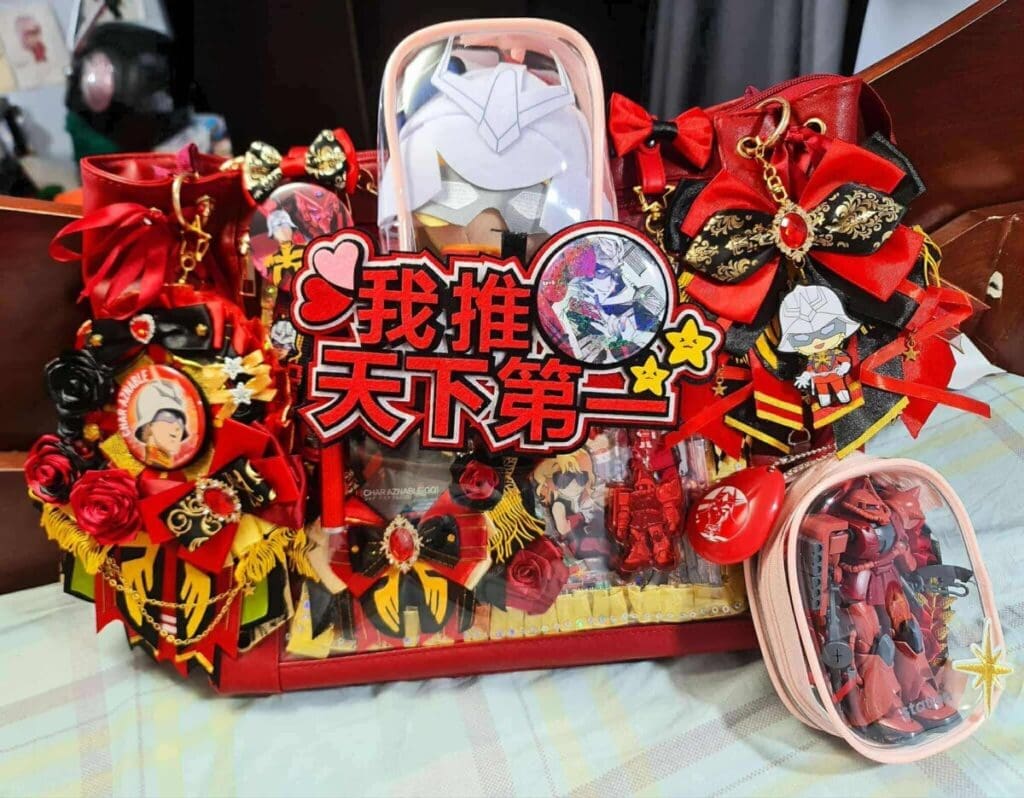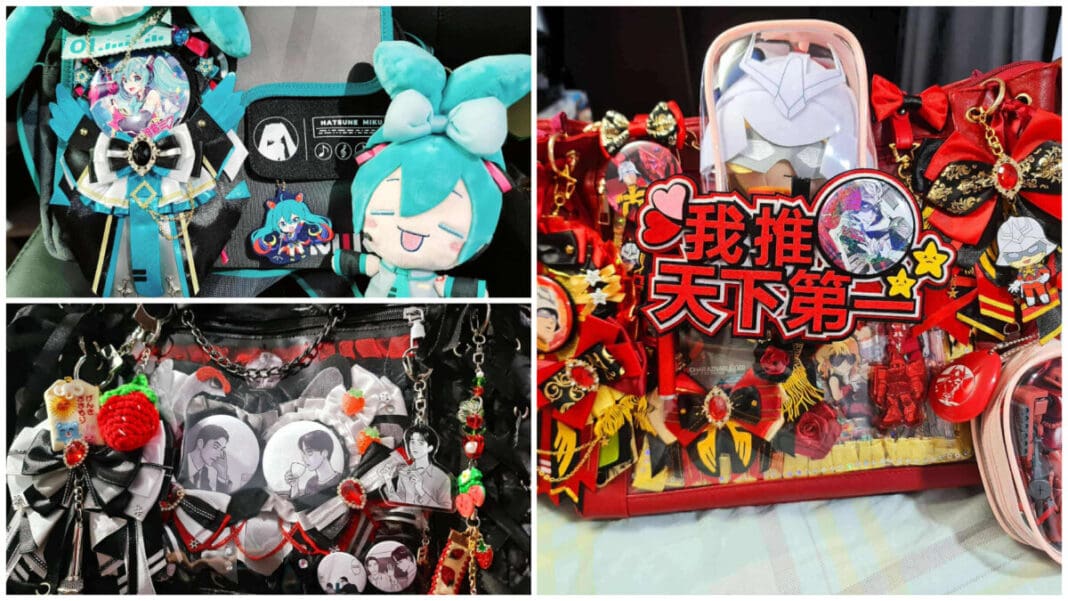
“Sometimes it’s the tiniest details that make the loudest statements.”
If you’ve noticed people’s bags jingling like wind chimes or water bottles looking more dressed up than the owners themselves, you’re not imagining it. The streets, the cafés, and especially TikTok feeds are buzzing with the return of anik-anik, that Filipino catch-all term for little trinkets, dangling accessories, and quirky add-ons that serve no real purpose other than to make life a little brighter. What was once a random assortment of knickknacks has now evolved into a full-blown aesthetic.

From Street Stalls to Style Staples

In the Philippines, anik-anik has always been part of everyday life. Street stalls in Divisoria, night markets in Cebu, or the counters of neighborhood sari-sari stores are filled with keychains, beads, plastic charms, and pins that cost as little as five pesos. They were often impulse buy “just because” or gifts from a friend, a keepsake from a trip, or even a freebie from fast-food chains. For years, these tiny objects were dismissed as clutter, the kind of thing parents would roll their eyes at and say, “Anik-anik lang ‘yan.”
But today, these little pieces of plastic, resin, and fabric have transformed into curated expressions of identity. What was once cheap filler is now part of a cultural movement, proof that fashion is not just about clothes, but about the small, playful details that make you unique.

The Y2K Comeback Effect

It’s no coincidence that anik-anik resurfaced alongside the Y2K revival. The early 2000s were defined by maximalism, and nothing screamed “2003” more than phones covered in dangling straps, beaded charms, and sparkly baubles. That aesthetic has made a roaring comeback on TikTok and Instagram, where Gen Z reimagines the look with a modern twist.
Phone straps today are braided with names, cartoon figurines, or pastel beads. Tote bags are decorated with plushies clipped like trophies. Even water bottles are personalized with dangling resin charms. In an era obsessed with curating personal identity, these trinkets shout individuality louder than branded sneakers or designer watches ever could.
Small Joys in Big Times

Beyond fashion, anik-anik speaks to something deeper. Psychologists suggest that small objects bring comfort and nostalgia. They remind us of childhood, of simpler times, of things that once made us smile. In a world where young people are navigating economic struggles, pandemic aftershocks, and digital exhaustion, something as tiny as a keychain can spark a moment of joy.
There’s also the collector’s thrill. Hunting for a rare fast-food toy at a weekend market or scoring a handmade resin charm from a local seller scratches the same itch as sneaker collecting, but in a cuter, quirkier, and more accessible way. Each piece tells a story, whether it’s a gift from a best friend, a souvenir from a concert, or a DIY project made late at night.
Going Viral, One Charm at a Time

The digital world supercharged the trend. On TikTok, “What’s in my bag?” videos are practically showcases of anik-anik, with trinkets often stealing the spotlight from the actual items inside. Instagram feeds are filled with close-up shots of beaded straps, crochet fruits, and enamel pins carefully arranged on totes and jackets. The uniqueness of each collection fuels engagement: the rarer and quirkier the trinket, the more likes it racks up.
From Divisoria to the Runway

What began in sidewalk stalls has now climbed to the runway. International fashion houses like Prada and Marc Jacobs have leaned into charm culture, while local Filipino designers are experimenting with dangling embellishments in streetwear and accessories. Independent artisans, meanwhile, are carving out niches online by selling handmade beaded straps, crocheted mini plushies, and resin charms. The anik-anik once dismissed as cheap clutter now holds its place in both luxury fashion and grassroots creativity.
Will It Last?

Like all trends, anik-anik may fade, but its spirit feels timeless. People will always crave personalization, especially in a world that mass-produces everything. Trinkets are accessible, affordable, and endlessly customizable. No two collections are ever the same, and that uniqueness is what makes them special.
Filipinos, after all, have always embraced kaartehan, the playful, sometimes over-the-top flair that makes even ordinary objects feel extraordinary. And as long as people continue to clip, dangle, and bead their way through daily life, the age of anik-anik will keep swinging strong.

